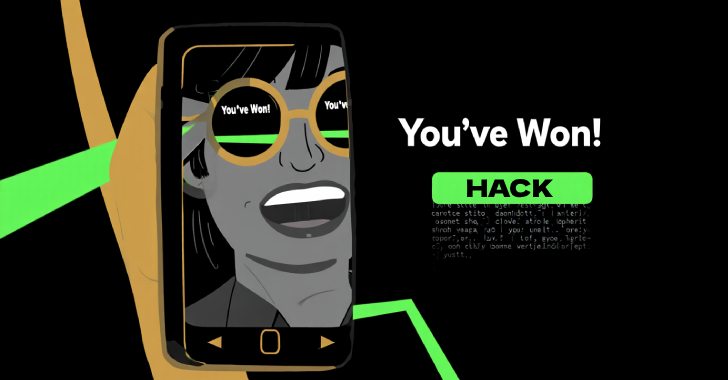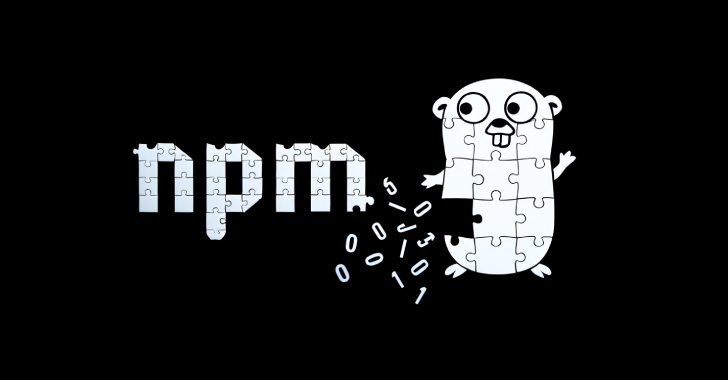Through a 2010 FOIA request (yes, it took that long), we have copies of the NSA’s KRYPTOS Society Newsletter, “Tales of the Krypt,” from 1994 to 2003.
There are many interesting things in the 800 pages of newsletter. There are many redactions. And a 1994 review of Applied Cryptography by redacted:
Applied Cryptography, for those who don’t read the internet news, is a book written by Bruce Schneier last year. According to the jacket, Schneier is a data security expert with a master’s degree in computer science. According to his followers, he is a hero who has finally brought together the loose threads of cryptography for the general public to understand. Schneier has gathered academic research, internet gossip, and everything he could find on cryptography into one 600-page jumble.
The book is destined for commercial success because it is the only volume in which everything linked to cryptography is mentioned. It has sections on such-diverse topics as number theory, zero knowledge proofs, complexity, protocols, DES, patent law, and the Computer Professionals for Social Responsibility. Cryptography is a hot topic just now, and Schneier stands alone in having written a book on it which can be browsed: it is not too dry.
Schneier gives prominence to applications with large sections.on protocols and source code. Code is given for IDEA, FEAL, triple-DES, and other algorithms. At first glance, the book has the look of an encyclopedia of cryptography. Unlike an encyclopedia, however, it can’t be trusted for accuracy.
Playing loose with the facts is a serious problem with Schneier. For example in discussing a small-exponent attack on RSA, he says “an attack by Michael Wiener will recover e when e is up to one quarter the size of n.” Actually, Wiener’s attack recovers the secret exponent d when e has less than one quarter as many bits as n, which is a quite different statement. Or: “The quadratic sieve is the fastest known algorithm for factoring numbers less than 150 digits…. The number field sieve is the fastest known factoring algorithm, although the quadratric sieve is still faster for smaller numbers (the break even point is between 110 and 135 digits).” Throughout the book, Schneier leaves the impression of sloppiness, of a quick and dirty exposition. The reader is subjected to the grunge of equations, only to be confused or misled. The large number of errors compounds the problem. A recent version of the errata (Schneier publishes updates on the internet) is fifteen pages and growing, including errors in diagrams, errors in the code, and errors in the bibliography.
Many readers won’t notice that the details are askew. The importance of the book is that it is the first stab at.putting the whole subject in one spot. Schneier aimed to provide a “comprehensive reference work for modern cryptography.” Comprehensive it is. A trusted reference it is not.
Ouch. But I will not argue that some of my math was sloppy, especially in the first edition (with the blue cover, not the red cover).
A few other highlights:
1995 Kryptos Kristmas Kwiz, pages 299–306
1996 Kryptos Kristmas Kwiz, pages 414–420
1998 Kryptos Kristmas Kwiz, pages 659–665
1999 Kryptos Kristmas Kwiz, pages 734–738
Dundee Society Introductory Placement Test (from questions posed by Lambros Callimahos in his famous class), pages 771–773
R. Dale Shipp’s Principles of Cryptanalytic Diagnosis, pages 776–779
Obit of Jacqueline Jenkins-Nye (Bill Nye the Science Guy’s mother), pages 755–756
A praise of Pi, pages 694–696
A rant about Acronyms, pages 614–615
A speech on women in cryptology, pages 593–599






